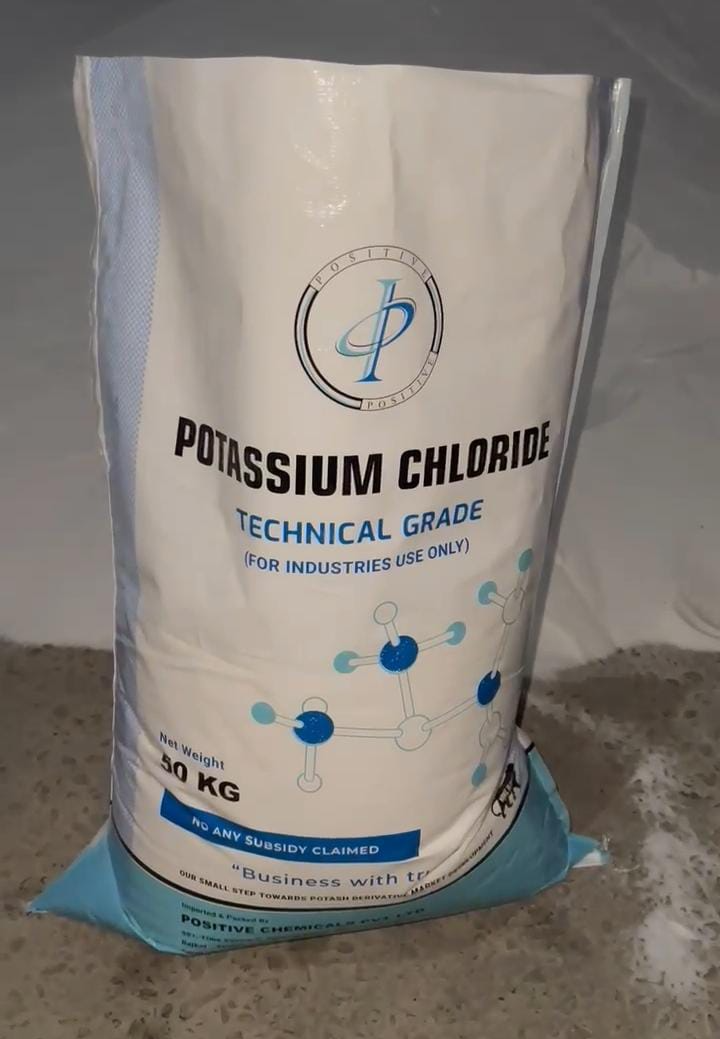
2025-03-24T13:03:33
Potassium chloride (KCl, or potassium salt) is a metal halide salt composed of potassium and chlorine. It is odorless and has a white or colorless vitreous crystal appearance. The solid dissolves readily in water, and its solutions have a salt-like taste. Potassium chloride can be obtained from ancient dried lake deposits.[7] KCl is used as a fertilizer, [8] in medicine, in scientific applications, domestic water softeners (as a substitute for sodium chloride salt), and in food processing, where it may be known as E number additive E508. It occurs naturally as the mineral sylvite, which is named after salt's historical designations sal degistivum Sylvii and sal febrifugum Sylvii, [9] and in combination with sodium chloride as sylvinite.[10] Uses Fertilizer Potassium chloride, compacted, fertilizer grade The majority of the potassium chloride produced is used for making fertilizer, called potash, since the growth of many plants is limited by potassium availability.[11][12] The term "potash" refers to various mined and manufactured salts that contain potassium in water-soluble form. Potassium chloride sold as fertilizer is known as "muriate of potash"—it is the common name for potassium chloride (KCl) used in agriculture.[13][14][15][16] The vast majority of potash fertilizer worldwide is sold as muriate of potash.[17][18] The dominance of muriate of potash in the fertilizer market is due to its high potassium content (approximately 60% K 2O equivalent) and relative affordability compared to other potassium sources like sulfate of potash (potassium sulfate).[16][19] Potassium is one of the three primary macronutrients essential for plant growth, alongside nitrogen and phosphorus. Potassium plays a vital role in various plant physiological processes, including enzyme activation, photosynthesis, protein synthesis, and water regulation.[20][21] For watering plants, a moderate concentration of potassium chloride (KCl) is used to avoid potential toxicity: 6 mM (millimolar) is generally effective and safe for most plants, that is approximately 0.4 grams (0.014 oz) per liter of water.

Have a question? Ask here!
Required fields are marked *